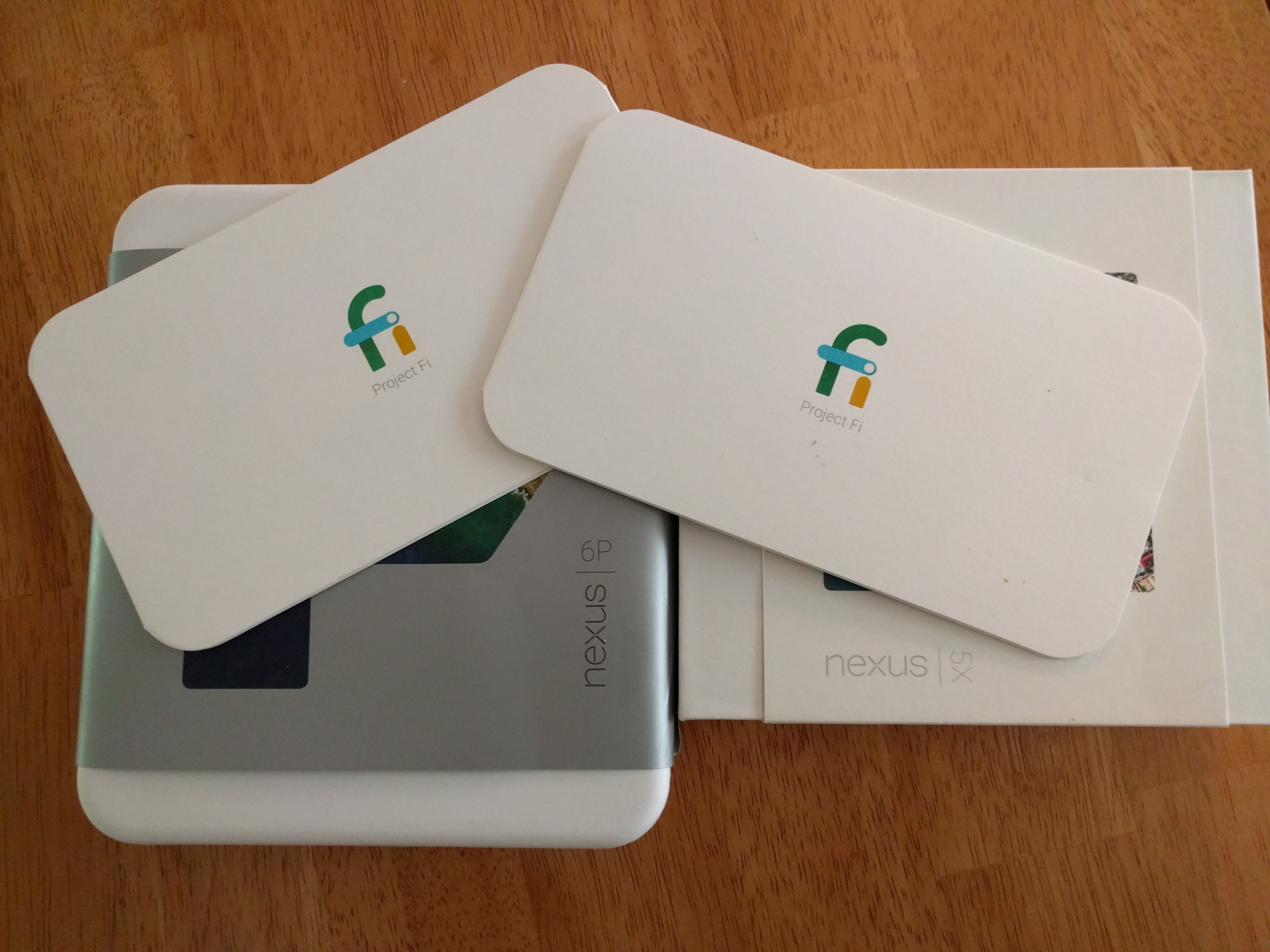So I did something a few weeks ago that I never really thought I would do. I switched from an Android phone (I’ve used Android phones since the original Android phone – the T-Mobile G1) to an iPhone (more specifically, the iPhone 8).
I did this for a few reasons, which I’m putting down for those people who may be curious or for those who may be considering a similar switch.
One thing I’ve found after switching is that neither operating system is objectively better, they are simply different. There are a lot of things to like (and dislike) about both.
Why I switched – Hardware
I initially switched from Android after [Google’s crummy handling of my defective Nexus 6P.
As an aside, it’s interesting to me the people freaking out about Apple’s battery-gate controversy. My 6P had precisely the problem that Apple was attempting to avoid (randomly shutting off between 60-30% battery) and I wish that Huawei or Google would have attempted to fix the problem via software. As far as I know – and as far as my experience goes – they didn’t.
After contacting Google 6-8 times over a month, Google support’s final response to the problems of my Google Nexus 6P which I bought from Google’s online store and I used on Google’s Project Fi was “this phone is not ours – contact the manufacturer, Huawei”.
While this is technically true (Google doesn’t actually make the phone), this kind of GTFO customer support really rubbed me the wrong way.
After several years of reading about and using various Android phones, I had already decided to stick with Google’s “pure” version of Android on any Android phone I bought.
I have used various HTC and Samsung Android phones before, and while most OEM’s have gotten better about their software, the number of phones made by the big OEMs that are updated months or years (or never) after new versions of Android are released is long and disappointing. Even worse than new features, lots of the OEM phones never get the monthly security updates that Google pushes to its Nexus and Pixel phones.
So the big OEMs were out, and with Google’s customer service, I certainly wasn’t going to buy a Pixel or Pixel 2. Interestingly, the Pixel 2 XL (and to a lesser extent, the Pixel 2) have certainly had some hardware missteps for an $800+ phone.
I did briefly consider some of the smaller OEMs, such as OnePlus and Essential, but I was put off for a couple of reasons.
OnePlus has a poor reputation for updating (some) of their phones, and they refused to implement a software/hardware feature in Google’s latest version of Android that would make updates much easier. To me, this means that they may not support their hardware for very long. With OP releasing a flagship phone every 6 months, this would be seriously annoying to have a phone not supported after less than a year. Additionally, OP has had some problems with their software from a privacy perspective.
Essential is an up-and-coming OEM that released a pretty stunning first handset, but there are (or were) a few issues with it. While many of these things seemed to be fixable in the software (and it seems like several have been fixed) there was also a potential issue with cell reception that made me nervous. The company seems to be doing some pretty awesome things, though, so their next phone may be one of the best Android handsets that you can buy.
However, just picking out a phone was already more of a compromise than I was really prepared to make.
Why I switched – Software
So, in addition to the “which phone to buy” issue, I had also been having some issues with Android itself.
Probably the biggest one wasn’t any sort of problem with Android – in fact, it was maybe one of the biggest android assets – flexibility.
I wish I had a record of the number of hours that I spent tweaking or adjusting some aspect of my phone (actually, no, I don’t).
Basically, the open-ended nature of the widgets (and their options), the launcher (and its options), and the almost-limitless automation possibilities kept me searching and trying out new apps and layouts instead of doing the things that I needed to do. For example, I would not be surprised if I spent 10s of hours trying out different car-focused apps looking for just the right one when the number of things I do on my phone in the car really just needs a folder with 3 or so apps (navigation, record mileage, and play podcasts).
I did – and still do – love Android’s openness and flexibility, but I find that for myself I need something a bit more structured, otherwise I can easily get carried away and looking for the better layout than something that is simply good.
Another issue with Android that has become more obvious (to me, at least) over the past couple of years is that Android exists primarily as a data-collection tool for Google.
I was always somewhat aware of this, but with some of the recent Google “features” (like their ability to determine wait time in restaurants, and their impressing mapping data) have shown the results of this impressive amount of data.
And while I’m happy to give Google some data (in exchange for services I find useful, like Maps or Gmail), I have a bit of a problem with paying several hundred dollars to Google for a (potentially overpriced) phone (that they may not support) AND giving them lots of data. Especially when the hardware may not be quite as polished or high-quality as something you get from Samsung (which takes us back to the OEM update problem).
I have no doubt that Google’s Pixel phones will improve in some of the ways they have been lacking this past year (screen quality, design) since they have already shown great progress in other respects (the camera on the Pixel 2 is probably better than any other smartphone camera available today).
Right now, though, with Google’s iffy customer support, questionable quality control (for a flagship price), and expansive data collection, I think I’ll take a bit of a break from Google phones.
I’ve still got (and love) my Samsung Chromebook that I use for music and web developing – so I can keep tabs on Android apps pretty easily. I’ll also likely have a couple more articles after I get more iPhone time under my belt, and now I can expand my app reviews to include both Android and iOS versions!
If you’ve used both iOS and Android (or even if you haven’t), I’d be interested in hearing your thoughts in the comments below.




